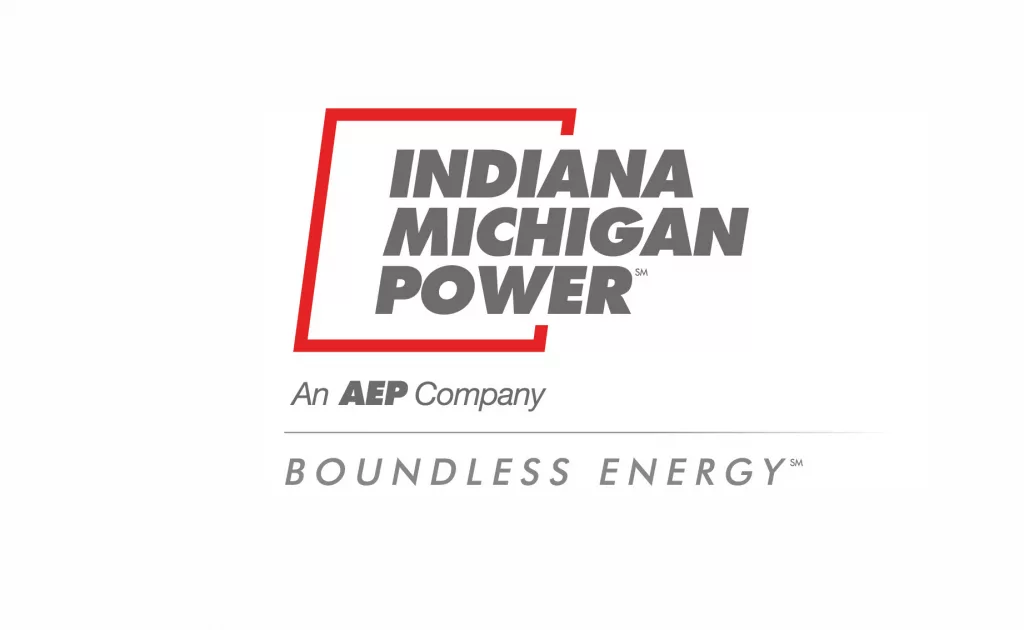In its ongoing bid to diversify its power sources for sustainability, Indiana Michigan Power has announced today that they are issuing Request for Proposals (RFPs) for additional emission-free generation technology to serve their customers.
I&M is seeking proposals for approximately 450 megawatts (MW) of additional generation from solar and wind resources, potentially combined with battery storage technology resources, as the company continues to diversify its generation fleet with more renewable energy.
I&M’s RFP is consistent with its most recent Integrated Resource Plan, and bids are expected to be received in January of 2021. Contracts with selected bidders will be presented to the state regulatory commissions in Indiana and Michigan and, if approved, the renewable resources would begin serving I&M customers by the end of 2023.
The power generated by the new renewable resources will enable I&M to reliably serve customers as the company’s methodical transition allows them to evaluate and manage changes in costs, regulations, reliability and customer preference of various generation sources.
The RFPs will provide I&M with options to replace the power currently provided by the two 1,300-MW generating units at the coal-fueled Rockport Plant. Rockport Unit 1 is scheduled to be retired by the end of 2028. Generation from Rockport Unit 2 will no longer serve I&M customers when the lease of the unit from its current owners expires at the end of 2022. Unit 2 may remain in service if its owners seek to sell the power it generates to other energy companies.
Toby Thomas, President and Chief Operating Officer of Indiana Michigan Power, says, “We are proud of the employees who for decades made the Rockport Plant an important source of reliable and economical power for our customers and their legacy of safe operations and community service.”
The move to more renewable energy and the potential inclusion of battery storage would enhance I&M’s role in meeting parent company AEP’s goal to reduce its carbon footprint by 70-percent by 2030. Two-thirds of the energy I&M generated in 2019 came from emission-free resources, including the Cook Nuclear Plant at Bridgman.
Thomas says, “The people of I&M are dedicated to serving our customers reliably and in a manner that is cost effective, while using state-of-the-art technology and increasing our emission-free resources. Our customers count on us to keep the lights on 24/7 and to be their energy provider into the future.” He adds, “It is important to everyone at I&M that our transition to utilize more emission-free technology be done in a way that benefits our customers. Seeking additional emission-free technology makes sense for us, our customers and the long-term growth of our service areas in Indiana and Michigan.”
The RFPs are expected to support I&M’s customer-focused transition to cleaner generation resources.
I&M began purchasing power from an Indiana wind generation plant more than a decade ago. In 2015, I&M was the first major Indiana energy company to build, own and operate its own solar plant. Today, four I&M solar plants and power purchased from three Indiana wind farms generates enough energy to power more than 100,000 homes. I&M is building a fifth solar farm near South Bend, which is expected to be in service in 2021.
Wind and solar technologies have proven to be cost-effective forms of energy generation, particularly when deployed on a large scale. Wind turbines are one of the least costly forms of renewable energy generation, and the costs of solar generation continue to decrease as technology advances. Battery technology continues to advance and would allow wind and solar generation plants to store excess energy when demand is lower and release it when demand is higher. I&M’s plans to acquire more renewable energy take into account the need to assure the reliability of service to customers for times when the wind is not blowing and the sun is not shining.
AEP is committed to a low-to-no-carbon energy future and is focused on diversifying its resource portfolio with more renewable generation, deploying technologies to reduce emissions, and modernizing the grid. The company has dramatically reduced carbon dioxide emissions, by 65-percent from 2000 levels and plans to achieve a 70-percent reduction by 2030 and 80-percent by 2050 – with an aspirational goal of zero emissions.






